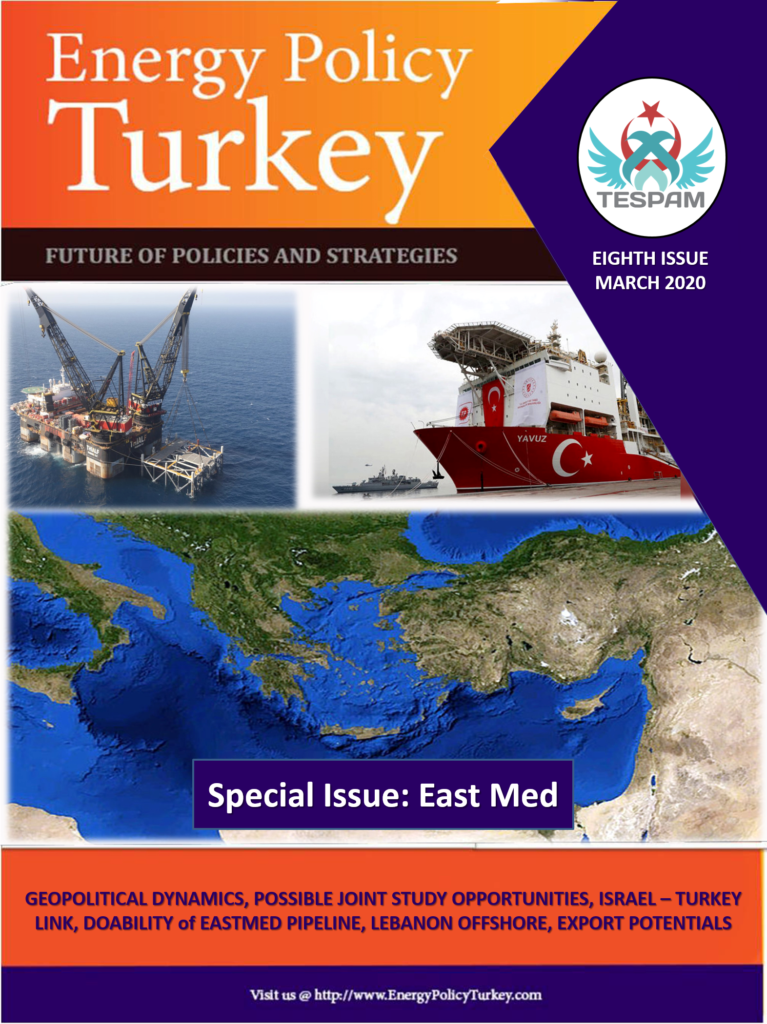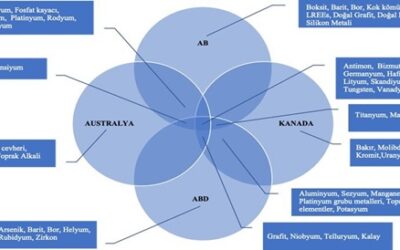
INTRODUCTION
In addition to the existing political conflicts in the region, presence of
hydrocarbon resources makes the Eastern Mediterranean region much more
important in the global dynamics. The region consists of 8 countries, which are
Turkey, Syria, Lebanon, Israel, Egypt, Palestine, Northern Cyprus and Southern
Cyprus (Although some of which are not officially recognized as sovereign
states by some countries.). However, there are important political conflicts and
problems between these players, such as; existing Cyprus conflicts, situation of
Syria, internal unrests in Lebanon, Israel – Palestinian dissensions and some
violent acts of undemocratic coup government in Egypt.
In addition to this very complicated political situation in the region, new gas
discoveries and the possibility of having more potential takes the balances in a
worse position.
Currently, when the due countries are overlooked, it is known that only Egypt,
Israel, Palestine and Cyprus (In this study Cyprus means both Northern and
Southern sides) have discovered natural gas resources.
When we look at the proven gas reserves in this context; there are 2.2 trillion
m3 of resources in Egypt, 1 trillion m3 in Israel, 0.29 trillion m3 (including
Aphrodite, Calypso and Glaucus structures) in Cyprus and 30 billion m3 in Gaza
offshore. In other words, the total amount of gas discovered in the region is
around 3.5 trillion m3. Where this amount is not too much to make
exaggerations. Even so, while putting this reserves and further potentials on
the existing conflicts, the area becomes a more complicated question mark for
all the players.
In addition to these issues, exclusive economic zone (EEZ) conflicts will also be
another aspect of the dynamics, which are directly effecting the energy
investments.
In this study, after shortly mentioning the energy potential, discoveries,
production and export capacities, existing and planned infrastructures and EEZ
conflicts in the region, are tried to be evaluated within long term expectations.




